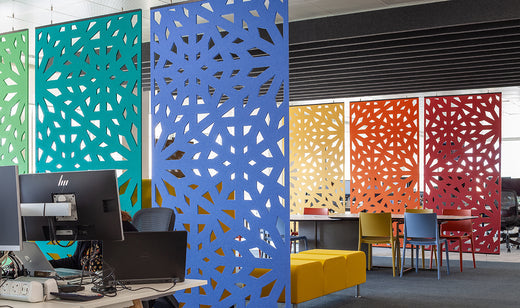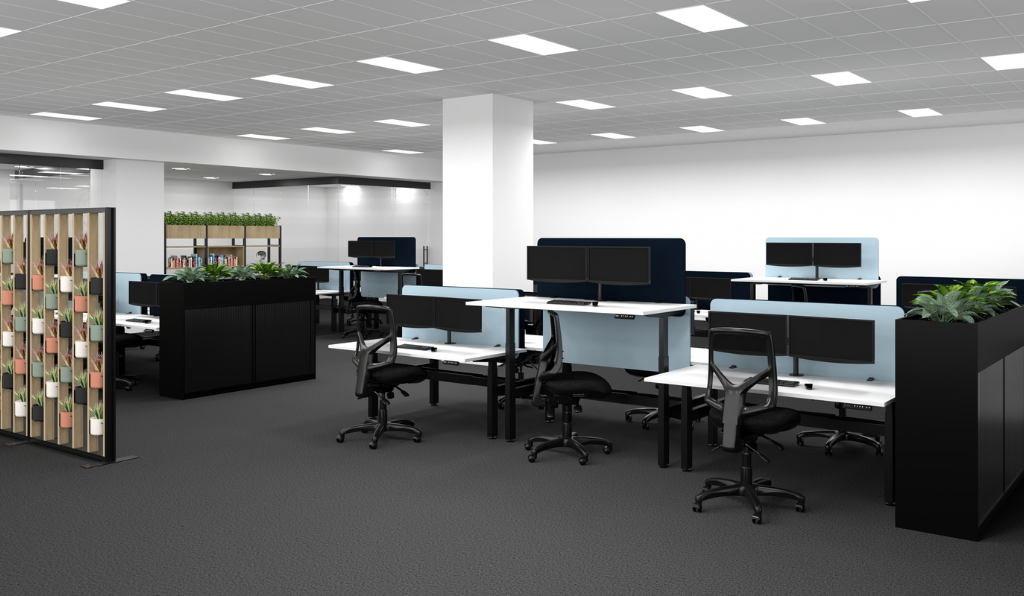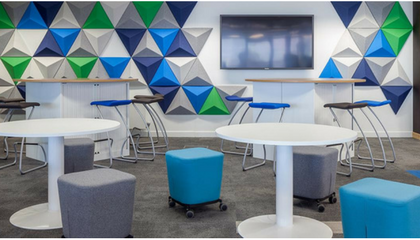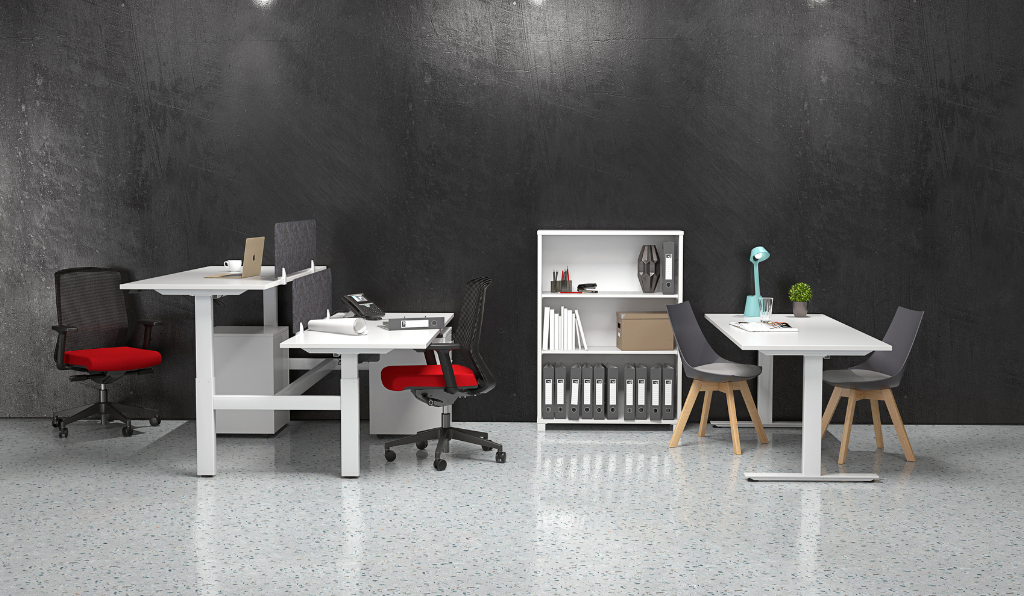News

Office Acoustics - An Essential Design Element for your Office Space
With the advent of open plan offices and open plan living, internal walls are disappearing off design plans. Learn why office acoustics are essential when considering your new office design and layout.
- Tanya Hanrahan
- Tags: Office Acoustics Office Planning

Other Ways to say "I don't have time right now"
What comes to mind is…. “I don’t have time for this right now,” while true, those words can feel rude. Yet, you are overloaded and must navigate the request. Here are three ways to do just that.
- Tanya Hanrahan
- Tags: Meetings Planning Schedule Scheduling Things to do To Do List

Agile, Adaptable and Flexible – The future of the office space
Open offices offer more efficient use of space that are adaptable and agile. Discover more about the benefits of and Agile work place
- Tanya Hanrahan
- Tags: Agile Workspaces Office Furniture Open Plan Office

The Importance of Good Acoustics in a Successful Office
Good or bad acoustics have a significant impact on productivity, employee satisfaction, and health in your workspace.
The ways in which we work are more varied than ever before, but are you providing the right sound environment to ensure health, success and productivity?
- Tanya Hanrahan

Standing vs Sitting while we work
If you’re reading this, you’re more than likely sitting down. Take a moment to think – how long have you been sitting down for this week? Learn more about all the benefits of standing while you work
- Tanya Hanrahan
- Tags: Desk Electric Desk Office Desk Office Furniture Sit Stand desk







